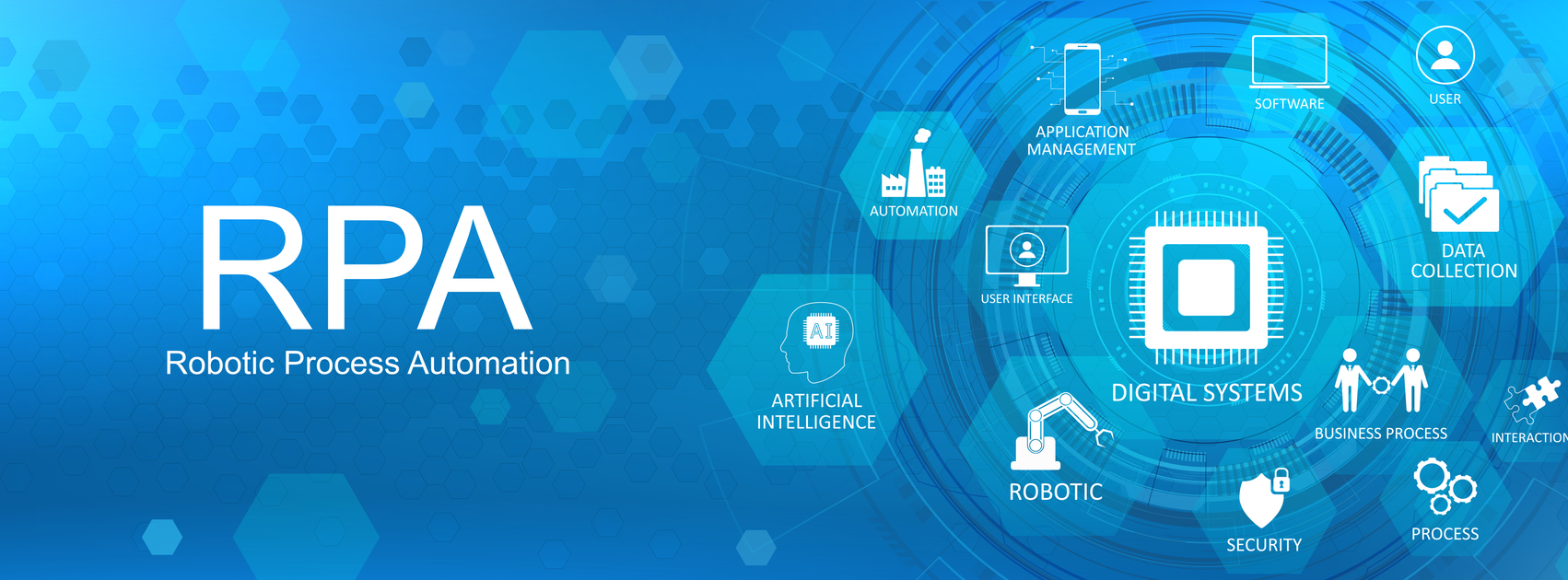With competition getting tough and process efficiency inevitable to cut costs, businesses scramble to automate business operations. They search for RPA vendors to eliminate inefficient manual processes.
But launching bots without context ends up as a disaster. RPA fails without a raison d’être. Successful businesses identify tasks to automate, justify the exercise, and work on the details. Here is a systematic approach on how to get started on automation, before bringing in the RPA execution tool.
1. Identify Tasks Where Automation is Possible – the “Where”
Tasks that consume the most time, have repetitive steps, and have the highest volumes are the obvious candidates for automation. But it may not be workable to automate all such tasks.
Evaluate the end-to-end processes running in the enterprise. Many of the eligible tasks for automation may be part of a wider process.
- Use tools such as process mining to identify weak points and bottlenecks.
- Apply business process analysis (BPA) to predict the impact of automation on the business.
- Identify creative tasks or tasks involving complex decision-making. These tasks fall outside RPA, requiring manual processing or assisted RPA.
RPA works only with clear steps, structured data, defined values, and documentation. Unstructured data such as documents, free-form text, and images requires cognitive ability. In such cases, the role of RPA is best limited to assisting the human agent. The enterprise may have to structure the process first, before embarking on the automation exercise.
2. Identify the Tasks Where Automation is Desirable – the “Why” and the “What”

Do not automate tasks only because it is easy to do so. Consider the benefits of automating the task. Do not limit the analysis to “can we automate this?” Ask “should we automate this?”
Look at value over complexity. Give priority to tasks that generate the most business value when automated. Automating a small process done daily may generate more value than automating a long and complex process done only once a month.
ROI trumps everything else. ROI can be direct, such as efficiency improvements or savings in operational overheads. It can also be indirect, such as improved customer satisfaction or better customer morale. Measure the impact of the RPA on the workforce, operational metrics, and the finances of the company. A successful RPA initiative has a strategic alignment to the larger enterprise strategy.
Common enterprise use-cases where automation delivers big savings include:
- Tasks in response to alerts or prompts- Human agents respond to alerts by manipulating some data and switching systems. If such triggers and actions occur repeatedly, it is suitable for automation. Corporate examples include leave authorizations and vehicle requisition. The RPA validates the trigger and performs the programmed action.
- Reimbursement or claims approval processes- A bot capable of Optical Scan Recognition processes receipts and compares authorizations. It generates instant approvals on a match and escalates only complex cases to a human agent
- Invoice and payment processing- A purchase manager cross-checks the purchase order, goods received register, invoice, and inventory. An accounts clerk gathers the hours worked from the operations systems and enters it into an invoicing system. With RPA, the bots scan all fields and make automatic updates. The need for double entry vanishes.
- The employee onboarding process- The bot gets inputs from the new employee, scans documents and enters a structured set of information into another system. It routes information to the correct corporate systems, creates accounts, generates access badges, and issues notifications to concerned departments. Conducting these processes manually ties up a costly HR agent for the greater part of the day.
- Streamlining IT services- Bots automate server monitoring, systems monitoring, batch processing, email processing, password resets, backups, and more. RPA eliminates human bottlenecks and delays associated with such tasks.
3. Capture the Process at a Keystroke-and-click level – the “How”
The prerequisite to launching RPA bots is analyzing the targeted process, down to the click level. Bots work as instructed. Without the minute details fed into its algorithms, the bot will not work as desired. AI-powered bots figure out the process over time, but not ordinary RPA bots. Short-changing this phase could render the project dead.
Creating a structured process to minute detail is a time consuming and resource-intensive process.
- Conduct a deep-dive process assessment. Examine and observe the process.
- Interview subject experts.
- Conduct workshops to get clarity of the process and identify pain points.
- Talk to the team, especially the end-users
- Use task mining or process mining to reinforce anecdotal input and prevent bias.
RPA delivers significant benefits, but it also has limits. RPA does not improve a broken process. Without fixing the process, automation only serves to speed up the delivery of a broken or flawed process.
4. Select an Implementation Partner – the “Who”

Successful RPA requires a sound execution partner, who will supply the bots. The RPA market is dynamic and ever-shifting. New firms and new products gain traction and disappear by the day. The onus is on the CIO and IT leaders to conduct an effective vendor analysis. Consider the track record of the vendor and the team behind the firm. See if it has a defined growth path for features and functions.
Many enterprises experiment with a good deal of software or try-out trial versions, before zeroing in on one.
5. Follow-Up Actions – the “When”
The enterprise IT team partners with the RPA vendor to roll out the RPA bots after capturing the process in detail and fine-tuning the developed model.
The conventional wisdom of “think big, start small” holds true for RPA. With RPA, the preferred wisdom is to start micro. The micro RPA approach recommends automating specific, small actions that take only two to five seconds to complete. Once the enterprise has a firm grip with micro RPA, scaling up to cover the entire targeted processes becomes easy. Such an approach translates to rolling out a pilot project upfront and committing to the exercise after fine-tuning the kinks.
Successful RPA requires constant monitoring and follow-up post-implementation.
- Offer hands-on training to the team who will use the technology
- Monitor the automation to ensure smooth running. Make modifications as necessary to ensure the bots work optimally.
- Develop technical and performance standards.
- Have a measure in place to quantify the success of the RPA. This is crucial to secure funding for the next round of RPA interventions from the C-suite.
In today’s fast-paced business environment, speed is of critical importance. Rapid deployment of bots and ensuring it can scale horizontally and vertically as required allows the business to take advantage of opportunities.











